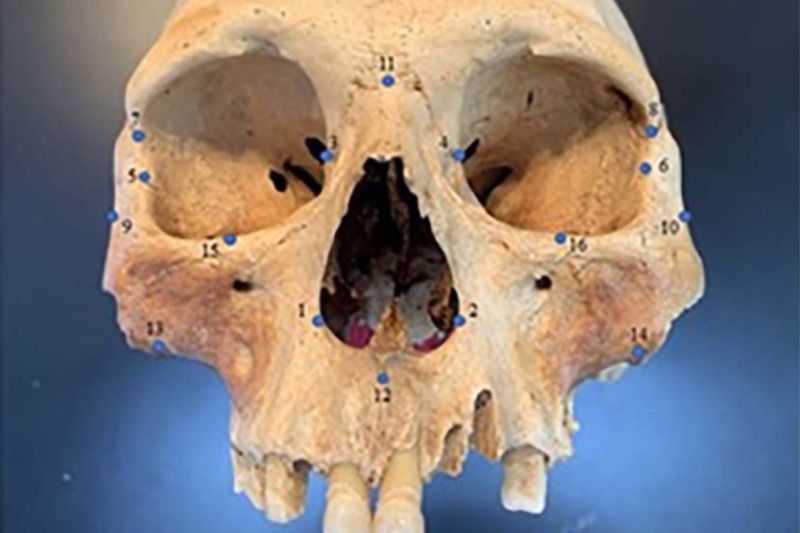
Enlarge / Earlier this year, researchers analyzed the skulls of early Caribbean inhabitants, using 3D facial "landmarks" as a genetic proxy for determining how closely people groups were related to one another. A follow-up study this month added ancient DNA analysis into the mix, with conflicting results. (credit: Ann Ross/North Carolina State University)
There's rarely time to write about every cool science-y story that comes our way. So this year, we're once again running a special Twelve Days of Christmas series of posts, highlighting one science story that fell through the cracks in 2020, each day from December 25 through January 5. Today: how facial characteristic analysis and DNA analysis, combined with archaeological work, are helping shed light on the history of the Caribbean's original islanders.
In his accounts of encounters with the inhabitants of the Caribbean Islands in the 15th century, Christopher Columbus made several allusions to Carib raids upon peaceful Arawak villages, including sensational claims of the invaders eating the men and taking the women as wives. "I saw some who had marks of wounds on their bodies and I made signs to them asking what they were," Columbus wrote in one account from his first voyage, upon arriving on the Bahamian island of Guanahani. "They showed me how people from other islands nearby came there and tried to take them, and how they defended themselves; and I believed and believe that they come Tierra Firme to take them captive."
Most archaeologists have long dismissed these accounts as myths, but new scientific tools are helping shed light on the truth of the Caribbean's original islanders. And the conflicting results of two separate studies, published 11 months apart, are raising fresh questions. The results of an analysis of facial characteristics from ancient human skulls from the region seemed to indicate Columbus' account was accurate, according to a January paper published in Scientific Reports. But a follow-up paper published last week in Nature yields a different picture with its combination of genetic analysis with decades of archaeological research.
No comments:
Post a Comment